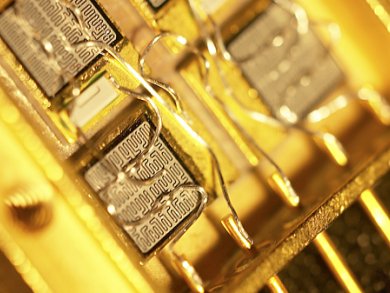Recycling rates of metals are in many cases far lower than their potential for reuse according to the report Recycling Rates of Metals: A Status Report released by the United Nations Environment Programme (UNEP). It is the first attempt to gather accurate and consistent information about the extent to which metals are collected, processed and reused in new products.
In theory, metals can be used over and over again, minimizing the need to mine and process virgin materials and thus saving substantial amounts of energy and water while minimizing environmental degradation. However, less than one-third of some 60 metals studied have an end-of-life recycling rate above 50 % and 34 elements are below 1 % recycling.
Lead is sait to be the most recycled metal with nearly 80 % of products that contain lead – mainly batteries – being recycled.
More than half of the iron and other main components of steel and stainless steel, as well as platinum, gold, silver and most other precious metals, are recycled. But even here there are wide variations with, for example, 70 to 90 % of gold in industrial applications recycled versus only 10 to 15 % of gold in electronic goods.
Globally there is virtually no recycling of specialty metals like indium, used in semiconductors, energy efficient light emitting diodes (LEDs), advanced medical imaging and photovoltaics, tellurium and selenium, used for high efficiency solar cells, neodymium and dysprosium, used for wind turbine magnets, lanthanum for hybrid vehicle batteries, and gallium used for LEDs.
The report calls for strategic action to increase the recovery of these metals.
- UNEP report Recycling Rates of Metals: A Status Report




